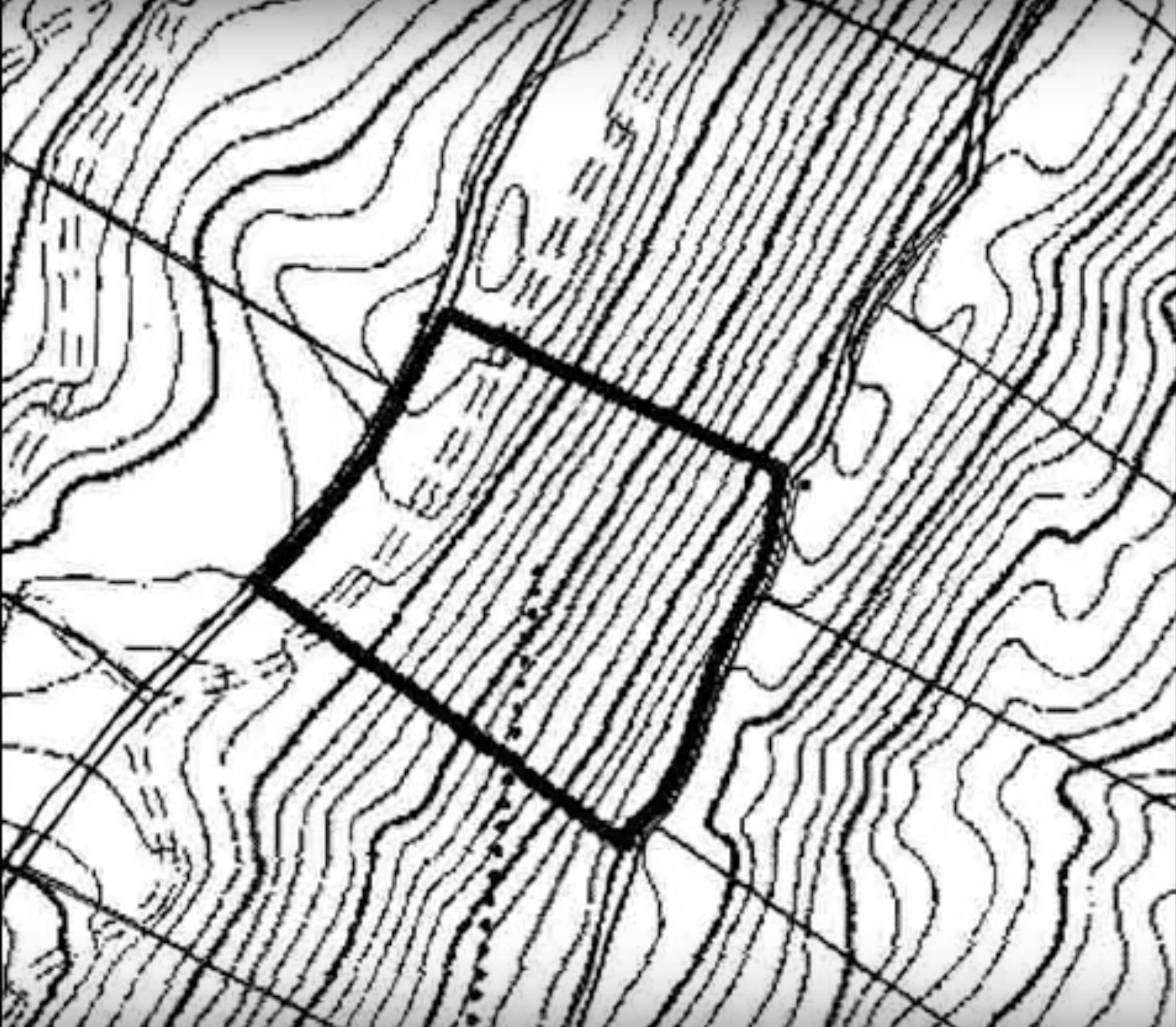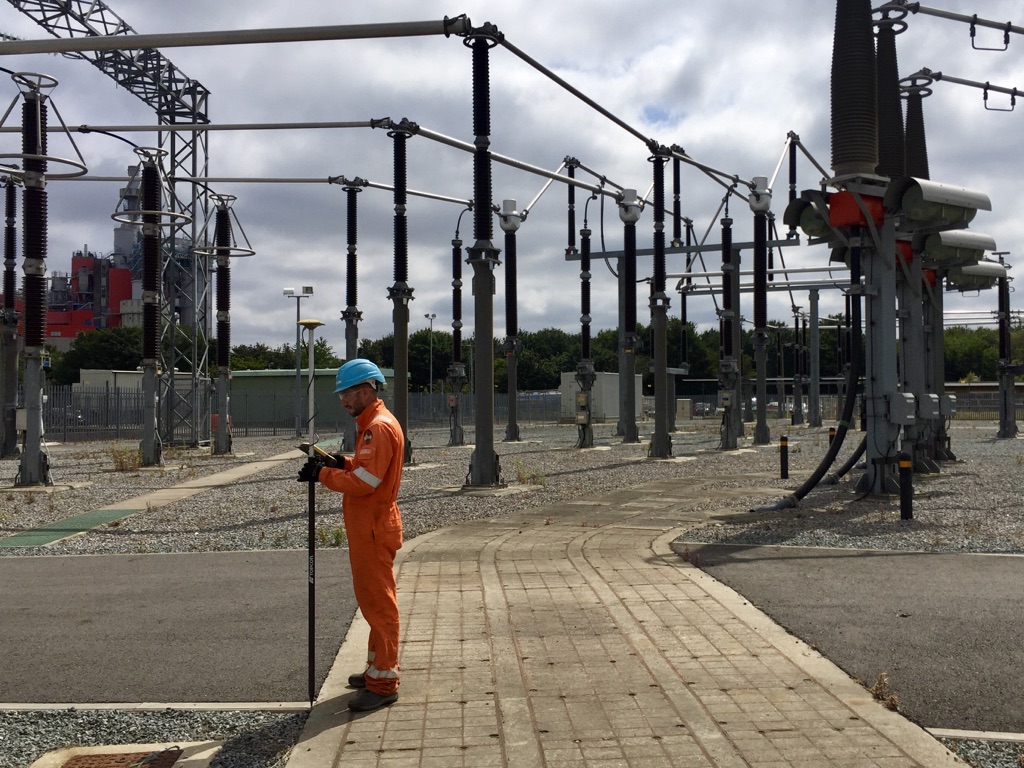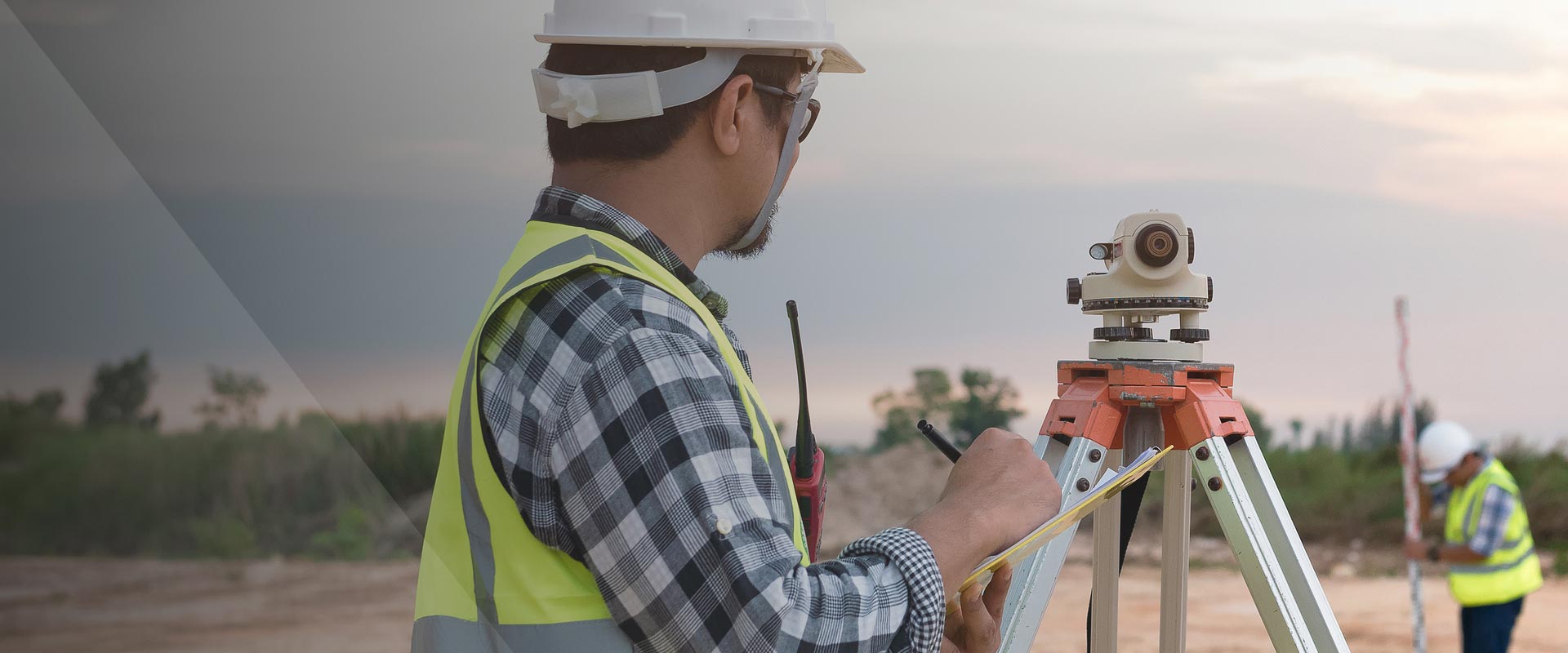The Benefits of Topographical Surveying in Construction and Planning
The Benefits of Topographical Surveying in Construction and Planning
Blog Article
Necessary Tools and Techniques in Laying Out Engineering
The discipline of setting out design counts greatly on a collection of necessary tools and methods that underpin the accuracy and performance of task implementation. Instruments such as property surveyor's levels, total terminals, and progressed GPS innovation are vital for developing exact recommendation factors. In addition, the assimilation of typical techniques with contemporary practices, consisting of geospatial analysis and 3D modeling, offers substantial benefits in imagining site problems. Recognizing exactly how these components engage is vital for boosting and reducing mistakes project end results, yet the nuances of their application often continue to be neglected. What effects does this hold for future engineering techniques?
The Significance of Accurate Measurements

The relevance of accurate measurements expands beyond simple conformity; they are important to the overall effectiveness of design processes. Mistakes can bring about material waste, job hold-ups, and increased labor expenses, inevitably affecting the task's bottom line. Additionally, precise measurements improve the top quality of the final product, making certain that it carries out as meant and fulfills the expectations of stakeholders - setting out engineering.
In addition, the value of exact measurements appears in various design disciplines, including civil, mechanical, and electric engineering. Each area requires a special strategy to dimension, yet the underlying requirement for accuracy continues to be consistent. As tasks come to be significantly complicated, the dependence on precise measurements will only intensify, highlighting the need for continual innovations in measurement strategies and modern technologies. Thus, promoting a society that prioritizes precision is essential for the future of engineering.
Important Devices for Laying Out
Laying out, an important phase in the design and building and construction process, relies greatly on particular devices that guarantee accurate area and alignment of frameworks. Amongst these tools, the land surveyor's level attracts attention, supplying precise horizontal dimensions important for developing reference factors. This instrument makes it possible for engineers to figure out elevation modifications and keep uniformity throughout the task site.
The overall terminal is another crucial tool, integrating electronic range dimension with angular measurement abilities. This modern technology improves performance and accuracy in capturing spatial data, permitting effective site design and preparation.
In addition, making use of measuring tapes and marking tools, such as chalk lines or risks, is basic for momentarily marking borders and crucial points on the site. These fundamental tools, though basic, are crucial for making sure clear interaction amongst the building and construction group concerning job specs.
Finally, general practitioner modern technology has actually obtained grip in establishing out processes, offering real-time positioning data and substantially enhancing precision over standard techniques. Jointly, these crucial devices create the foundation of reliable establishing out practices, ultimately contributing to the successful execution of engineering and building jobs.
Advanced Evaluating Techniques
Advanced surveying techniques play an essential function in enhancing the precision and effectiveness of engineering projects. These methods include a variety of methods that supply exact information for layout and construction. Traditional methods, such as leveling and triangulation, have developed into a lot more innovative strategies, consisting of Complete Station surveys and International Navigating Satellite Equipment (GNSS)
Complete Station tools integrate electronic theodolites with distance dimension capabilities, permitting land surveyors to accumulate precise area data with fantastic rate. This modern technology substantially reduces mistakes associated with manual measurements and gives real-time data handling. Moreover, GNSS offers unrivaled precision for large-scale tasks by utilizing satellite signals to determine precise positioning, which is essential for guaranteeing and straightening structures conformity with layout requirements.
Along with these tools, advanced methods additionally integrate geospatial evaluation and 3D modeling. These approaches make it possible for engineers to picture terrain and website problems extra effectively, promoting much better decision-making during the planning stage. By using these advanced surveying methods, design projects can achieve greater precision in layout, decrease rework, and eventually boost general task success.
Digital Technology in Engineering
The combination of electronic modern technology has actually revolutionized engineering techniques, boosting both performance and precision throughout different self-controls. Devices such as Structure Info Modeling (BIM) promote the visualization and monitoring of intricate tasks, permitting designers to team up seamlessly and make informed decisions. This modern technology makes it possible for the creation of comprehensive 3D models, which can be assessed for structural honesty and effectiveness prior to building starts.

The application of man-made knowledge and device knowing in design procedures additionally improves anticipating maintenance and optimization of sources. Visit This Link In general, electronic technology is improving link the engineering landscape, driving advancement, and guaranteeing that tasks are completed with greater performance and decreased threat.
Finest Practices for Execution
When executing electronic modern technology in engineering, it is vital to develop a tactical strategy that straightens with project objectives and business capacities. An extensive analysis of existing workflows and technology facilities is important to identify spaces and opportunities for improvement. Involving stakeholders early in the process fosters partnership and guarantees that the technology fulfills individual requirements.

Job supervisors should embrace a repetitive implementation technique, permitting adjustments based on real-time comments and performance analyses. This dexterous strategy not only reduces dangers however likewise advertises constant renovation by including lessons found out.
Conclusion
In conclusion, the integration of vital tools and advanced methods in laying out engineering is crucial for making certain accuracy in dimensions and effective task implementation. Using tools such as property surveyor's levels, overall stations, and GPS technology, together with modern surveying methods, enhances accuracy and lowers the chance of errors. Embracing best techniques in execution further enhances these processes, ultimately fostering boosted task results in the engineering and construction fields.
The self-control of setting out design counts heavily on a suite of important tools and strategies that underpin the precision and efficiency of project implementation.In addition, the relevance of precise measurements is apparent in various design techniques, consisting of civil, our website mechanical, and electric engineering. By employing these sophisticated surveying techniques, design tasks can accomplish greater accuracy in format, minimize rework, and ultimately boost total job success.
In general, digital modern technology is reshaping the design landscape, driving advancement, and guaranteeing that tasks are completed with higher efficiency and lowered risk (setting out engineering).In verdict, the integration of necessary tools and progressed strategies in setting out design is essential for guaranteeing accuracy in measurements and successful task execution
Report this page